Website Redesign Informed by User Research
Client: Canadian Nuclear Safety Commission
Project Goal
The goal was to facilitate the redesign of the CNSC website information architecture (IA) based on the gathered data through user research. This research was driven with a focus on ensuring an intuitive and effective user experience through the updated IA.
Challenges
Tight Timeline
The workplan was very extensive and was inclusive of several research activities that had to be conducted within a very tight timeline.
Difficult Subject Matter
Sometimes, the unfamiliar subject matter and technical language posed difficulties in understandability.
Extensive Content
Managing a large volume of content that was often overwhelming and difficult to navigate.
Methodology
To achieve our goal, we employed a comprehensive user-centred design approach, which included the following key steps:
Background Review
Website Analytics Review
ROT (Redundant, Outdated, Trivial) Analysis
Comparative Analysis
Stakeholder Interviews
Usability Testing
Round 1: Baseline Testing
Round 2: Validation Testing
Developing IA Options
Treejack Testing
Findings
Although we collected extensive critical data through the various research studies in this project, the key findings are summarized:
-
A significant amount of content on the website is outdated, with over 1,000 pages being 5 years old or older, and some dating back 10 years. Many of the top visited pages also lacked recent updates.
On a related note, we also identified a lot of duplicate content. The redundant pages and repeating information creates confusion and reduces clarity.
-
The average reading level exceeds the recommended Grade 8, reaching as high as Grade 15.9 on some pages. Jargon and technical language further hindered understandability.
-
Many times, critical details are buried deep within the IA, requiring multiple clicks to access key information. Additionally, excessive crosslinks and dense content complicate navigation, with participants struggling to locate relevant information or retrace their steps.
-
Large blocks of text and the lack of clear breaks overwhelm users, increasing the cognitive load which inturn hinders information absorption.
-
Similar pages are often not clearly distinguished, causing participants to have difficulty differentiating between them or finding the wrong pages, which disrupts their workflow and adds friction to their experience.
Solutions
To address the key gaps and pain points, we outlined the following recommendations:
-
Update the top 30 most visited pages and create a plan for addressing content older than 5 years based on relevance and user impact.
Additionally, eliminate duplicate content and ensure page titles and metadata are unique.
-
Target a Grade 8 reading level, use plain language where possible, and tailor content to the target audience.
Additionally, include contextual descriptions or a glossary to clarify definitions and enhance user comprehension.
-
Break down lengthy paragraphs into smaller chunks, use subheadings, and minimize technical jargon to improve scannability and understanding.
-
Revisit the IA structure to provide task-oriented navigation and content organization, offering clear pathways for users to complete specific actions. Organize key links and segments into clear, comprehensible categories.
Additionally, provide prompts or contextual guidance to help users easily locate relevant resources and improve navigation.
-
Notify frequent users of significant updates to help them adapt and reduce workflow disruptions.
Impact
Addressing Users’ Needs
Recommendations were based on needs and pain points identified through consultations and interviews with stakeholders which provided deep insights into key tasks and functions.
Two Validation Activities Were Conducted
Treejack testing for the IA and usability testing. These helped gather feedback on the proposed changes, assessing the effectiveness of the improvements and identifying any gaps.
Implemented Best Practices
Multiple research methods were used to ensure a well-rounded understanding of user needs. Best practices from other websites were also considered to identify areas for improvement.
